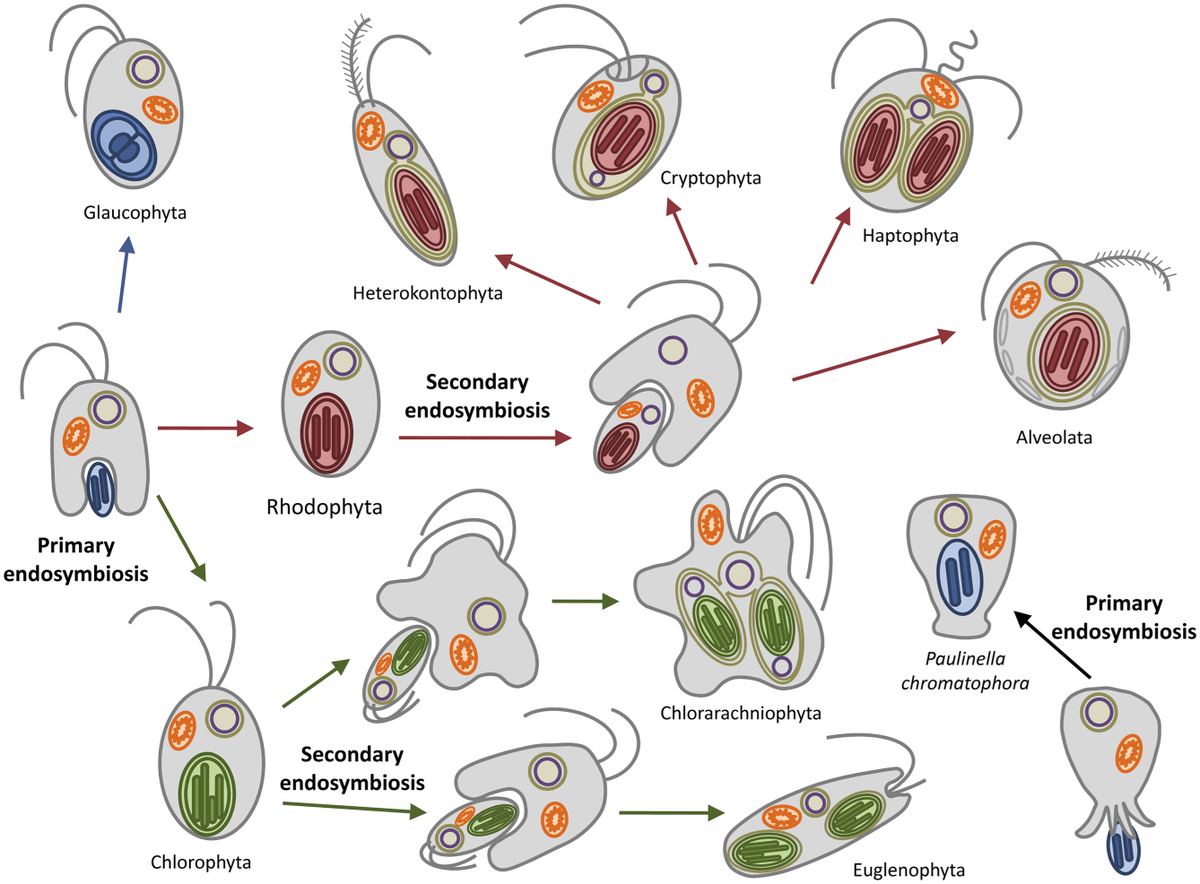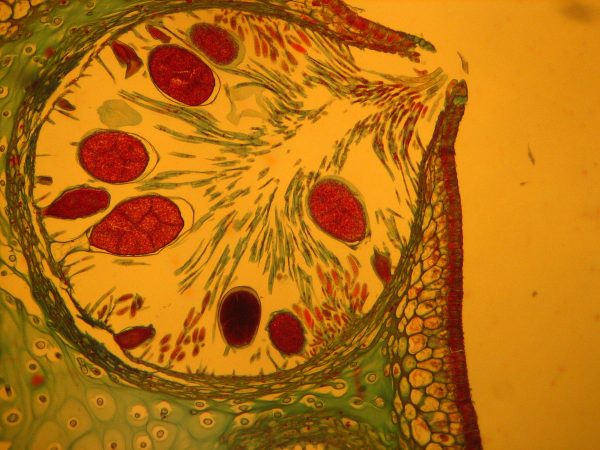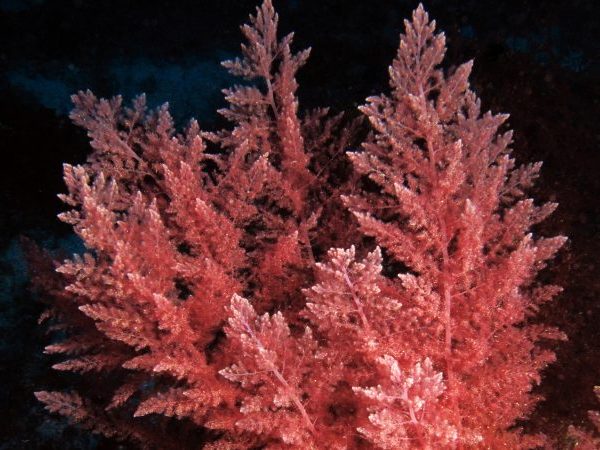Table of Contents
![]()
Introduction
Algae: these unsung heroes of the natural world have been around for billions of years, shaping our planet’s ecosystems and playing a pivotal role in Earth’s history. In this blog post, we embark on a fascinating journey through the evolutionary history of algae. From their humble beginnings to their complex modern forms, we’ll explore how algae have evolved and why understanding their history is crucial for our planet’s future.
I. Precambrian Era: Algae’s Humble Beginnings
Picture a world devoid of terrestrial plants, with only the simplest forms of life inhabiting the Earth’s oceans. This was the Precambrian era, where algae made their debut. These early algae were simple organisms, some unicellular, others forming colonies. But they had a profound impact on our planet. Algae were the original oxygen producers, paving the way for the development of more complex life forms.
II. Paleozoic Era: A Leap Towards Complexity
As we move forward in time to the Paleozoic era, algae underwent a remarkable transformation. They diversified into a multitude of forms, some even evolving into multicellular organisms. This era also saw algae’s first foray onto land, a pivotal moment in the evolution of terrestrial ecosystems.
III. Mesozoic Era: Algae’s Dominance and Global Impact
During the Mesozoic era, algae took center stage in marine environments. Dinoflagellates and coccolithophores, two prominent groups of algae, flourished and played a crucial role in the planet’s carbon cycle. Their influence even extended to global climate regulation.
IV. Cenozoic Era: Adapting to Changing Times
The Cenozoic era witnessed the adaptation of algae to changing environments. Brown and red algae evolved, and their contributions to marine ecosystems became increasingly evident. Yet, as we entered the modern era, human activities began to have a significant impact on algae and their habitats.
V. Modern Era: Algae’s Contemporary Significance
In today’s world, algae continue to be integral to our ecosystems. They serve as bioindicators, helping us assess the health of aquatic environments. Algae are also gaining recognition for their potential in various applications, from renewable energy production to food sources.
Conclusion
In conclusion, the evolutionary history of algae is a captivating journey that spans billions of years. From the ancient oceans to our modern ecosystems, algae have left an indelible mark on our planet. Understanding their history is not just a matter of scientific curiosity; it’s crucial for our continued coexistence with the natural world.
As we look to the future, ongoing research and conservation efforts are essential to ensure that algae, and the ecosystems they support, thrive. By unraveling the mysteries of algae’s past, we are better equipped to protect our planet’s future. So, the next time you spot algae in a pond or on a beach, remember that you’re witnessing a living legacy that has shaped the Earth as we know it today.


